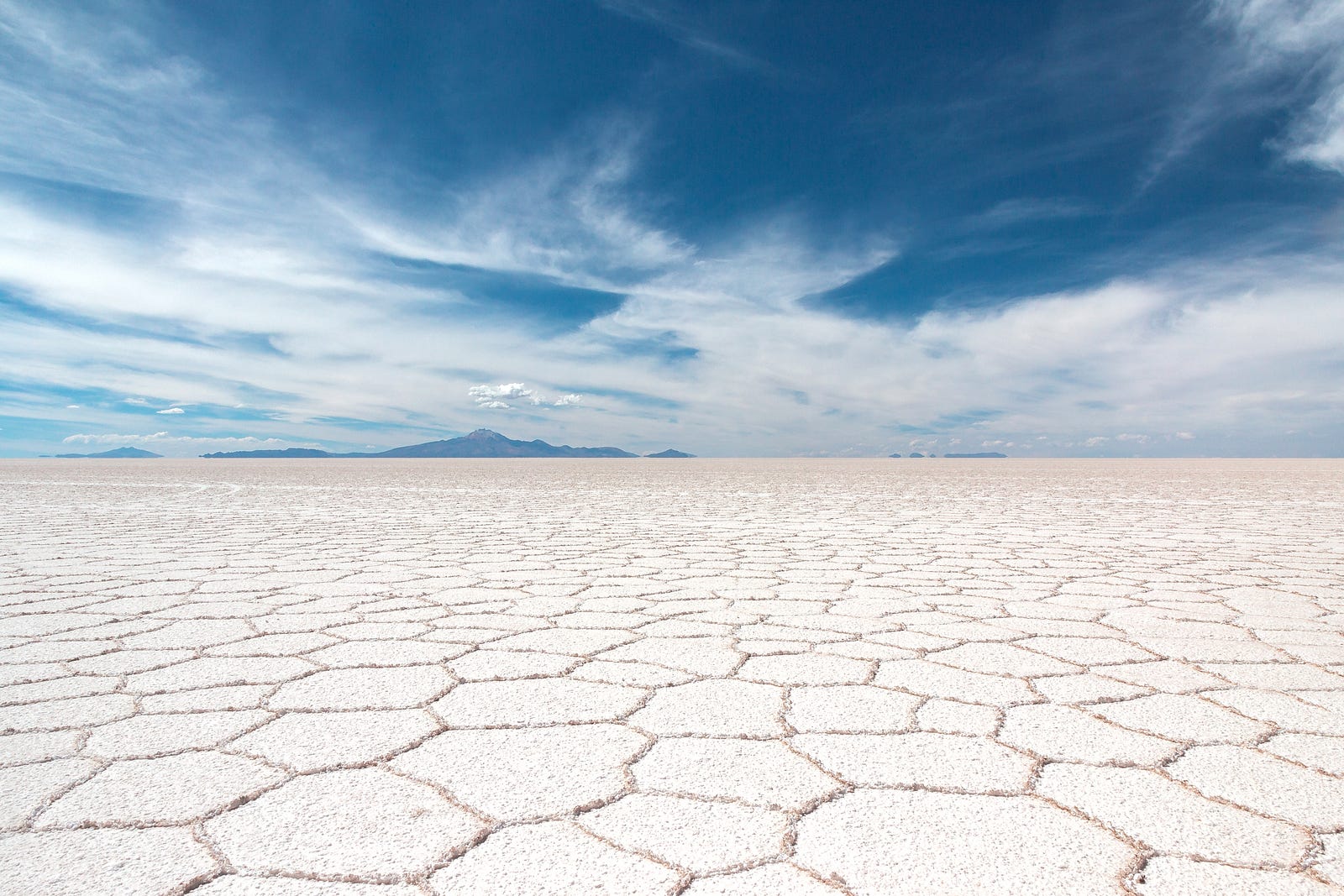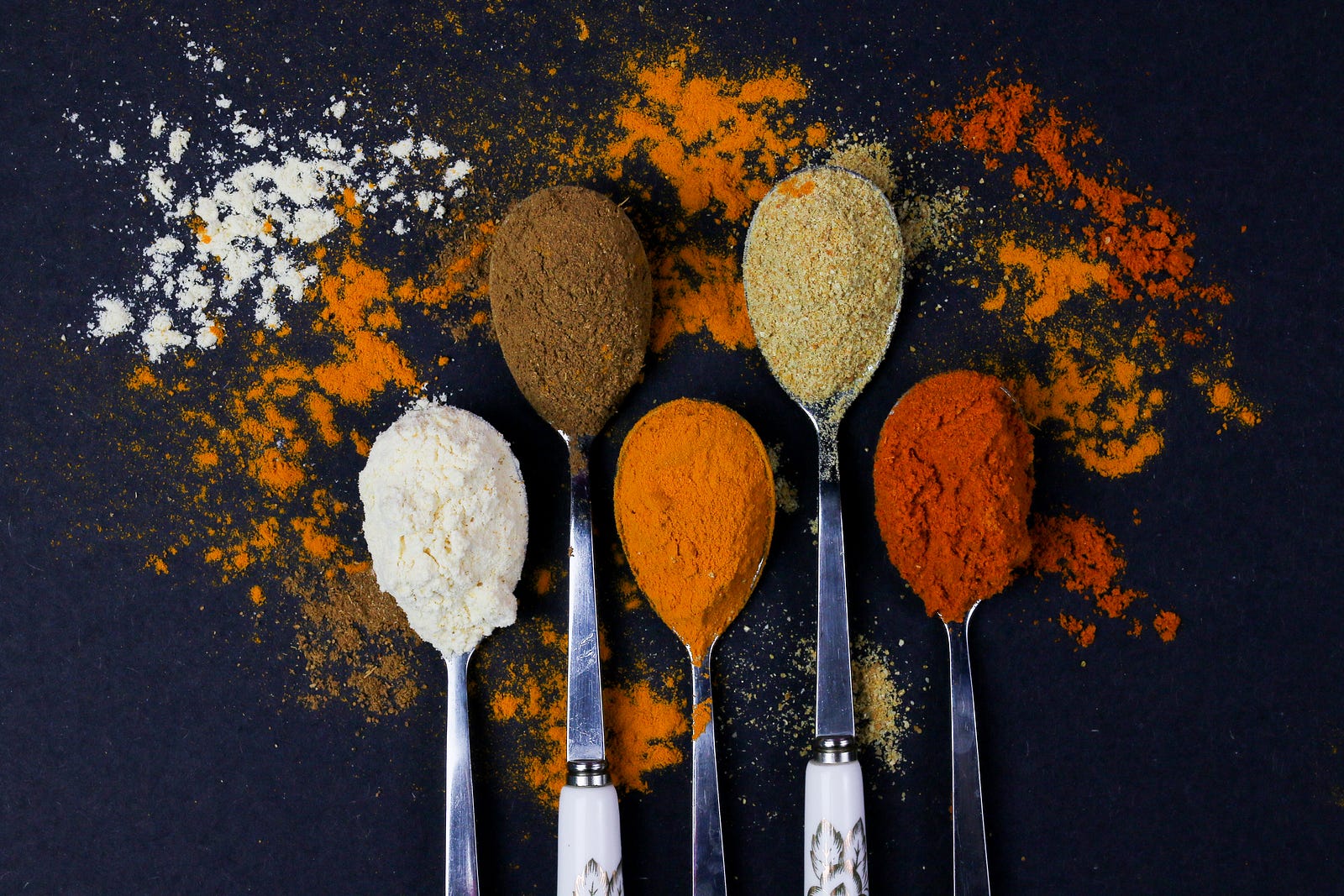SALT IS A PRIMARY SOURCE OF SODIUM in the diet. High sodium intake raises the risk of several health problems, including high blood pressure, heart disease, stroke, and kidney disease. Today we explore the relationship between salt consumption and your heart health.
Before we turn to a new study examining the relationship between salt consumption and heart health, let’s look at a quiz from MDedge. Which of the following statements do you think is correct?
A. High salt intake is linked to atherosclerosis, even without high blood pressure (hypertension).
(Atherosclerosis is the buildup of cholesterol, fats, and other substances in and on artery walls. This buildup is plaque. The plaque can narrow arteries, blocking blood flow. The plaque can also burst, leading to a blood clot.)
B. High salt intake is linked to atherosclerosis only in patients with high blood pressure.
C. Very low salt intake is linked to increased cardiovascular disease-related events.
D. Very low salt intake is linked to increased cardiovascular disease-related events only in patients with a history of high blood pressure.
The correct answer is A: High salt intake is associated with atherosclerosis, even if you don’t have high blood pressure.
Salt consumption and health
The relationship between salt consumption and health is complex and has been the subject of extensive research. Salt is a primary source of sodium in the diet, and high sodium intake raises the risk of numerous health problems.
The recommended daily sodium intake varies depending on age, sex, and overall health status.
The American Heart Association recommends that adults consume no more than 2,300 milligrams of sodium daily and, ideally, no more than 1,500 milligrams per day (especially if they have high blood pressure or are at risk for developing it). Even cutting daily intake back by 1,000 milligrams can improve blood pressure and heart health.
Nine out of 10 Americans take in too much sodium. This excess is often in processed, fast, and restaurant meals. In addition to the health risks mentioned above, high sodium intake increases the risk of stomach cancer, osteoporosis, and obesity.

It’s important to note that some people may need to consume more sodium than the recommended amounts, particularly if they engage in high levels of physical activity, work in hot environments, or have medical conditions that cause excessive fluid loss, such as cystic fibrosis or kidney disease.
In conclusion, while some salt is necessary for good health, excessive salt consumption can harm health. It’s important to follow a balanced diet and consult with a healthcare professional to determine the appropriate level of sodium intake for individual needs.
Salt and your heart — A new study
A community-based cohort study clarifies the role that salt plays in atherosclerosis. As a reminder, atherosclerosis is the buildup of cholesterol, fats, and other substances in and on artery walls. This buildup is plaque. The plaque can narrow arteries, blocking blood flow. The plaque can also burst, leading to a blood clot.
Here is the primary study finding:
The estimated 24-hour sodium excretion rate appeared to be associated with heart and carotid atherosclerosis. This finding held for those with normal blood pressure and no known cardiovascular disease.
The study included 10,788 Swedish adults aged 50 to 64. Fifty-two percent were women; all had a coronary CT angiography to examine the heart’s blood vessels. The scientists estimated 24-hour sodium excretion.
The CT angiography allowed the researchers to use 3D images of the heart’s arteries to measure the amount of calcium in the coronary arteries. Also, the test allowed for the detection of artery narrowing (stenosis).
Increasing salt intake is linearly linked to risk.
The researchers adjusted for sex and age. They found a linear relationship between increasing salt consumption and atherosclerosis in the heart and carotid (neck) arteries.
Each 1000 milligram risk in sodium excretion appeared associated with a nearly 1.1 times increase in the risk of carotid plaque, a 1.16 times higher coronary calcium score, and a 1.17 times greater occurrence of coronary artery stenosis.
While some historical studies hinted at a “J-curve” — those with the very lowest sodium excretion levels appeared to suffer from more heart events — the current study did not. This study showed that subjects with the lowest sodium excretion levels had the lowest coronary and carotid atherosclerosis occurrence.
The current study design does not allow us to state that there is a causal relationship between salt intake and cardiovascular risk.

Lowering your salt consumption
The American Heart Association reminds us that avoiding prepackaged, prepared, and processed foods is the best way to drop sodium. And watch out for the “Salty 6,” the leading common foods that contribute the most salt to diet:
- Bread and rolls
- Pizza
- Sandwiches
- Cured meats and cold cuts
- Soup
- Burritos and tacos
Here are some other foods that can have “hidden” sodium:
- Cheeses and buttermilk
- Canned vegetables
- Frozen dinners and snack food
- Condiments (mayonnaise, mustard, and ketchup)
- Sauces, including soy, barbecue, steak, and Worcestershire
Cooking with more flavor (and less salt)
How can you cook more flavor (and less salt)? First, I avoid adding table salt to foods. Surprisingly, my palate has changed; I don’t need nearly as much salt as I did when I was younger.

Second, I flavor foods with spices, herbs, or salt-free seasoning blends. Have you incorporated lemon, lime, or spices?
Third, I choose unsalted salts (usually, I confess) and low-sodium canned foods. Others turn to cooking dried beans and peas or low-sodium bouillon and soups.
Finally, consider rinsing canned beans and vegetables to drop sodium levels.
Eating out and salt consumption
Watching your sodium consumption doesn’t have to mean spoiling the pleasure of eating at your local restaurant. By ordering carefully, you can delight your palate and your cardiovascular systems. Of course, carefully ordering tops the list.
Also, I peruse the restaurant’s menu before heading out. There is sometimes nutritional information on the website.
While I greatly enjoy fruits, I am trying to increase my leafy green vegetable consumption. (Alas, I am a supertaster. A supertaster is a person who tastes certain flavors and foods more strongly than other people.) You, too, should consider consuming lots of fruits and vegetables.
Please consider asking for oil and vinegar to top your salad in the restaurant. Alternatively, the dressing can be put on the side. Have you ever asked that the chef prepare your dish without added salt? I have not, but having read a lot for this writing, I will.
Certainly, don’t forget portion control.
If you know someone with breast cancer, here is my comprehensive online course:
Dr. Michael Hunter’s Wellness!
breastcancerbydrhunter.thinkific.com
The information I provided in this blog is for educational purposes only and does not substitute for professional medical advice. Please consult a medical professional or healthcare provider for medical advice, diagnoses, or treatment. I am not liable for risks or issues associated with using or acting upon the information in this blog.
Thank you for reading “Salt And Your Heart.” I hope you have a joy-filled day. Please consider signing up to follow this blog.




